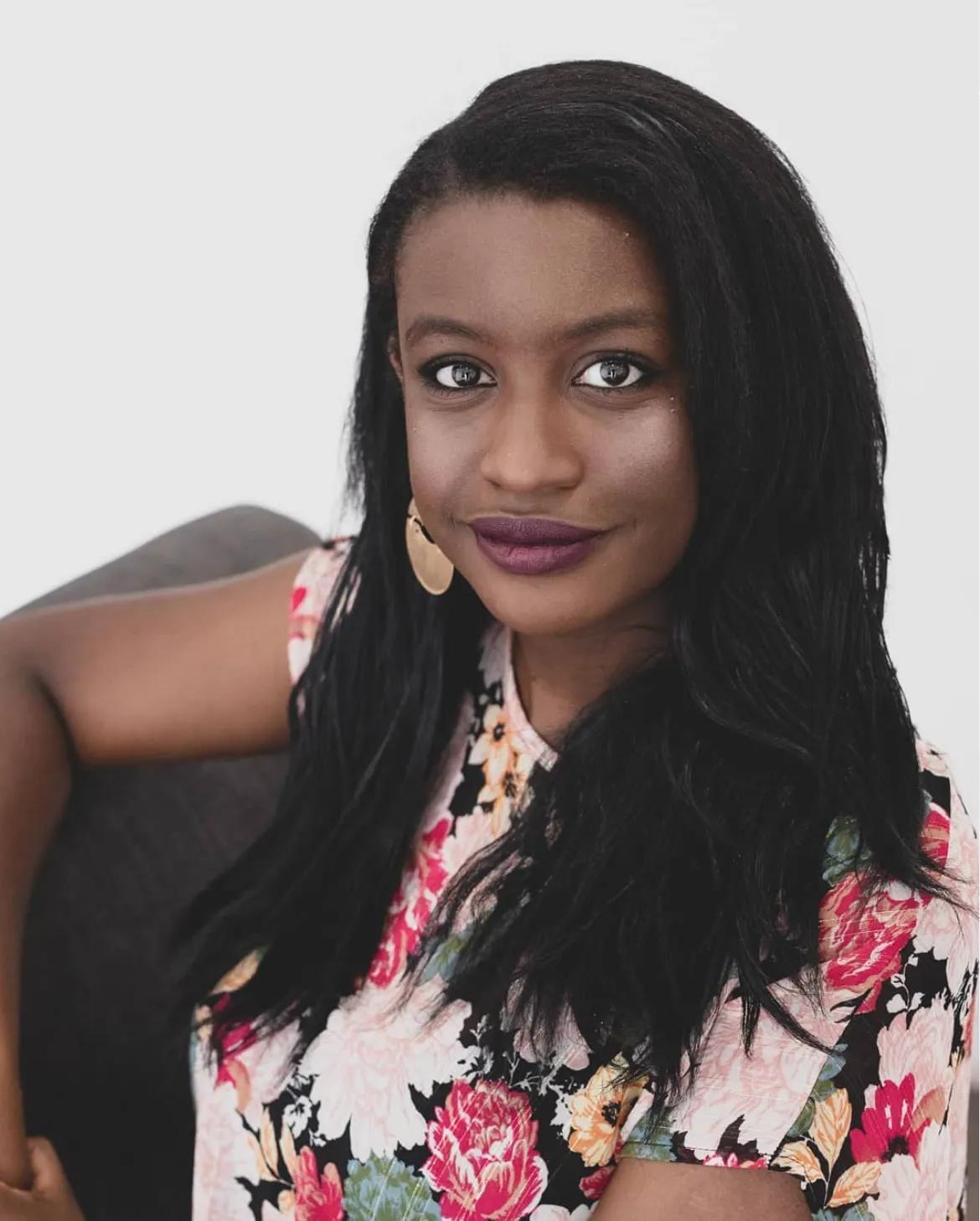5 Types of Plagiarism and How to Avoid Them

The consequences of Plagiarism are severe. Plagiarism has led to suspensions and even expulsions. Students may have an idea in their head about what counts as plagiarism, but there are many types of plagiarism.
Most, if not all schools, have honor codes with clear policies on plagiarism, including UMA’s own honor code that states:
“It is assumed that all students are enrolled in class to learn; cheating is not acceptable. Dishonesty of any type in a course, including cheating on examinations or plagiarizing materials, can result in a grade of 'F' and may be cause for suspension or dismissal.”
As you can see, it’s a serious offense.
While some students who plagiarize do it intentionally, others may get caught unaware because they don’t fully understand what plagiarism is. However, just like the law, ignorance isn’t an excuse for plagiarism. This is why we’ve put together a list of the five most common types of plagiarism and how to avoid them.
Pay attention to make sure you aren’t accidentally breaking the cardinal rule of learning.
Type #1: Copying and Pasting
Copy and pasting is oftentimes the most obvious form of plagiarism. This form of plagiarism involves taking the words of an outside source and passing them off as your own. These secondary sources may include sources off the internet or from subject matter experts. Students might also commit this form of plagiarism by hiring a service to write the paper for them.
If you are participating in this form of plagiarism, chances are you know it’s wrong. Nowadays, there are strong incentives for you to stop. New technological tools have made it easier than ever to catch this type of copying.
There’s a nearly endless list of tools that hunt out duplicated text. Your instructor may ask you to run your work through one of these detection tools. If your sentences match the database without proper citations, your instructor will see instantly. If these issues are unresolved, you may be suspended or worse.
You can avoid this fate by writing original ideas.
Type #2: Using a Source Without Attributing It Correctly
Let’s say you wrote a paper and have every intention of crediting your sources. However, you get distracted and forget quotation marks or cite the source incorrectly. Did you know these mistakes also count as plagiarism?
It might not seem fair, but this just demonstrates how important it is to get your sources right. Always double-check that any direct quote is in quotation marks and clearly cited. Also check over your in-text and bibliography citations for mistakes. Make sure your sources match up to the actual information, and that you haven’t mislabeled anything.
If you don’t know how to properly cite your sources, take advantage of your institution’s resources, especially if you have access to a writing lab. These professionals can teach you the ins and outs of proper citation. If you need a good resource for learning MLA and APA citation guidelines, OWL Purdue comes highly recommended by many higher education institutions.
Type #3: Improper Use of Artificial Intelligence or Machine Learning
The incorporation of AI or machine learning into our everyday life has made many of our daily tasks easier. Unfortunately, many students may take advantage of machine learning to write assignments for them. This is a form of plagiarism.
While it is true – there are not yet many digital tools which can accurately detect AI writing – your teacher or instructor will know the difference. They have advanced knowledge in their field and can spot an AI generated paper apart from a human written one with ease. Even if your teacher does not catch an AI generated paper right away, most language-model tools will “hallucinate” citations, meaning you’ll be caught for improper citations anyway.
Some instructors may allow the use of AI in some parts of the writing process, such as during the research or outline phase. Others may not. If you plan to use AI at any point during the process, it is important to review your school’s AI policy and talk to each individual teacher or instructor to get clear guidelines about their AI policy.
Type #4: Copying Someone’s Idea Without Citation
You might not steal someone’s exact words, but you’re still plagiarizing if you repeat their ideas. Even if you add new conclusions, you should still cite the original source of the concept. Someone worked hard to come up with those thoughts — they deserve credit. Plagiarism policies generally agree.
To avoid this mistake, make sure to cite where the idea came from. Then introduce your own thoughts and research, so your whole assignment or paper isn’t echoing already published ideas. Citing the source doesn’t necessarily eliminate the plagiarism if you don’t bring anything new to the table.
Type #5: Collaborating Too Closely with Classmates
Be careful on this one. This is a less obvious form of plagiarism, and it’s tempting to do. Collaborating with classmates is generally a good idea, particularly in online courses. But it’s crucial that you create your own test answers and assignments.
Collaborate when studying, but step away and work independently when it comes to tests and assignments.
Avoiding the Five Types of Plagiarism
As you navigate your writing assignments in the future, be sure to rely on these useful tips to easily avoid any issues with plagiarism. Have you ever made any plagiarism mistakes? How do you keep yourself on track?
Request Information
Talk with us. Start your journey.
Complete this form and we'll call you to explore options at UMA and answer your questions. We'll also email you info on how to get started. We're with you at every step!
Request Information
Talk with us. Start your journey.
Complete this form and we'll call you to explore options at UMA and answer your questions. We'll also email you info on how to get started. We're with you at every step!
About the Author
 Epiphany Hunter
Epiphany HunterEpiphany Hunter is a Copywriter and SEO Specialist at Ultimate Medical Academy. Her journalism experience centralizes on long-form narrative nonfiction, covering industries including medical devices, health and wellness, and healthcare education. She received her BA in English in 2018 and her MA in Writing and Digital Communications in 2019.
Related Content


